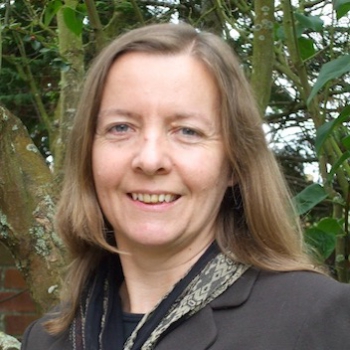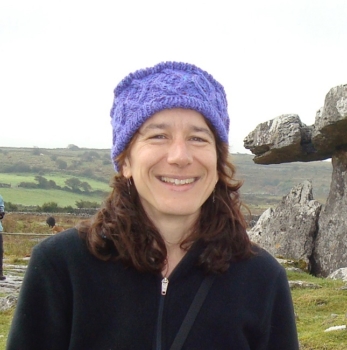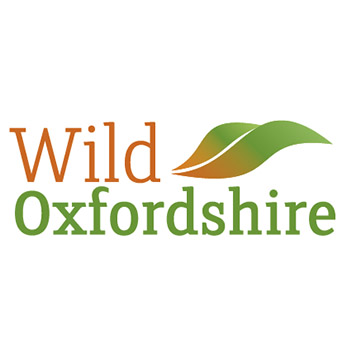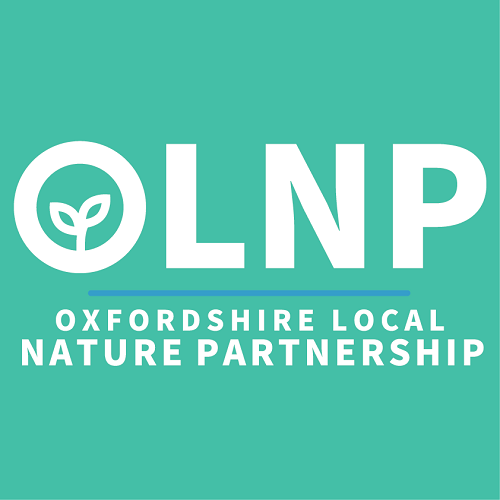Equitable distribution of nature-rich accessible green space: An Oxfordshire case studyCase study
Investigating the distribution of freely accessible green space in Oxfordshire in relation to socio-economic status to inform local green space planning.
There are well known links between health and spending time in green spaces[1], as shown by the increased interest in social prescribing[2]. However, there is evidence that the most deprived communities have least access to green space, that more deprived communities receive greater benefits from green space1, and that not all green spaces have similar impacts, with more biodiverse areas providing greater benefits[3]. Oxfordshire’s Local Nature Partnership wishes to understand the equality of access to green space, in terms of quantity and quality, across the county to help prioritise effort and funding.
Working in collaboration with LCNR health, ecology, and society work packages, the Oxford Martin School’s Agile Initiative and Oxfordshire’s Local Nature Partnership, the project will investigate the distribution and biodiversity characteristics of accessible green space in relation to socio-economic factors in Oxfordshire, a LCNR case study area.
The project has identified neighbourhoods that are relatively deprived according to socio-economic measures and lack access to greenspace on a number metrics (including amount of greenspace, greenspace crowding and private gardens). These neighbourhoods, predominantly in urban areas, are presented as priorities for greenspace funding and effort. Although it is often virtually impossible to create new greenspaces in densely populated urban environments, existing greenspaces can be improved and protected from development, and innovative ways of increasing green infrastructure can be considered, such as greening active travel routes and pocket parks. In approaching such efforts, it is important that local communities are consulted and engaged in decision making, to ensure that local greenspace works for those using it. Recommendations for Oxfordshire greenspace based on the report have been developed with local government officers and NGOs with responsibilities and / or interest in the subject.
[1] Smith et al. 2023. Agile Initiative Research Brief: Embedding nature recovery in the Levelling-up and Regeneration Bill.
[2] Sandhu et al., 2022. https://doi.org/10.3399/bjgp22X721445 3Aerts et al., 2018. https://doi.org/10.1093/bmb/ldy021
Project outputs
- Awards
- Human health and wellbeing
- Social cultural dimensions
- Ecology
- Awards
- Human health and wellbeing
- Social cultural dimensions
- Ecology
Oxfordshire’s greenspace-deprived neighbourhoods
Coordinating author: Martha Crockatt
This report explores Natural England’s Green Infrastructure data to identify neighbourhoods in Oxfordshire experiencing both socio-economic deprivation and poor provision of accessible greenspace, with a view to these neighbourhoods being prioritised in terms of planning, allocation of funding, and effort for improving quality and quantity of accessible greenspace.
Contributors: Matt Witney (Oxfordshire Local Nature Partnership), Alison Smith (University of Oxford), Rosie Rowe (Oxfordshire County Council), Mark Hirons (University of Oxford), Constance McDermott (University of Oxford), Camilla Burrow (Wild Oxfordshire) and Joseph Gent (University of Oxford).
Oxfordshire’s greenspace-deprived neighbourhoods
A new report which has just been launched explores Natural England’s Green Infrastructure data to identify neighbourhoods in Oxfordshire experiencing both socio-economic deprivation and poor provision of accessible greenspace, with a view to these neighbourhoods being prioritised in terms of planning, allocation of funding, and effort for improving quality and quantity of accessible greenspace.
Team
Programmes
Partners
News & events
-

Oxfordshire’s Greenspace Deprived Neighbourhoods
28 May 2024Martha Crockatt I’m writing this in mid-April; although there has been wind, rain and even hail in the last few days, hawthorn, tulips and forget-me-nots are blooming, bees are starting to buzz and the sun, when it does come out from behind a cloud, is warm – it’s a lovely time to be outdoors in […]
news Blog -

Oxfordshire’s green space-deprived neighbourhoods
17 April 2024A report, released today by the researchers in the Leverhulme Centre for Nature Recovery, identifies neighbourhoods in Oxfordshire experiencing both socio-economic deprivation and poor provision of accessible green spaces, with a view to these neighbourhoods being prioritised in terms of planning, allocation of funding, and effort for improving quality and quantity of accessible green spaces. […]
news Report








